This time last year I wrote a post (A Martini for Wharton Esherick) that mentioned my college art history professor and adviser, Tyko Kihlstedt. Tyko and I began an email exchange about how the Christmas holiday was going to be different that year due to the pandemic. We were not able to celebrate with family like we usually do. In his case, no large Swedish Smörgåsbord. Tyko sweetly wrote “So, rather than the traditional two plus bottles of chilled akvavit on the table (each glassful downed in one gulp as a chaser to a piece of matjes herring on rye krisp), what if you send me an akvavit cocktail recipe for the two of us to enjoy on Jul Afton (ie., Christmas Eve)?”
You know how I love a good cocktail challenge, so how could I refuse? Plus, how many requests like this do you get from your college professor?
 The first challenge was tracking down akvavit (or aquavit) in Pennsylvania – thankfully there was a store not far from me that carried two types – one from Norway and the other from Minnesota. I opted for the Linie (or Linje) from Norway. Then I learned the most random fact – Linie is named after the tradition of sending oak barrels of akvavit on ships from Norway to Australia and back again, passing the equator (‘linje’ means line) twice before being bottled. The constant movement, high humidity and changes in temperature cause the spirit to extract more flavor and contributes to faster maturation. This tradition continues to this day (or so says their website).
The first challenge was tracking down akvavit (or aquavit) in Pennsylvania – thankfully there was a store not far from me that carried two types – one from Norway and the other from Minnesota. I opted for the Linie (or Linje) from Norway. Then I learned the most random fact – Linie is named after the tradition of sending oak barrels of akvavit on ships from Norway to Australia and back again, passing the equator (‘linje’ means line) twice before being bottled. The constant movement, high humidity and changes in temperature cause the spirit to extract more flavor and contributes to faster maturation. This tradition continues to this day (or so says their website).
Now what to do with this akvavit that I had procured? We were spending Christmas Eve (or Jul Afton) with my parents. Knowing that my dad, Ed and I all like Negronis, I opted for a take on a traditional Negroni – replacing the gin with akvavit. (The photo shows the batch I’d prepared to take to my parents’ house.) Tyko was on board and already had the remaining ingredients (Campari and sweet vermouth) on hand.
Akvavit is distilled from potatoes and grains and flavored with herbs which must include either caraway seed and/or dill seed to be authentic. The flavor profile for Linie is “caraway and star anise – and finer hints of vanilla and sherry.” Once mixed with Campari and sweet vermouth (stirred not shaken) you get a hint of the caraway but it’s not at all overpowering.
We had connected with our friends, John W and Kathy H, during the holidays as well last year. The four of us love sharing cocktail stories and were not at all surprised to learn that they were akvavit aficionados. John sent a picture with four bottles from their bar (see above) – two were the ones I had seen in the state store. His favorite is Aalborg Jubilaeums from Denmark which is more dill-forward. (John is also mentioned in my traditional Negroni post). We reprised the Nordic Negroni with John and Kathy during a New Year’s Day Zoom call.
I called this a Nordic Negroni since that encompasses Norway (for Linie) and Sweden (for Tyko) but a Norwegian Negroni also sounds good. Living through a pandemic has made us more creative and allowed us to connect in different ways. If you had told me in the late 1980s that I’d be sharing a virtual cocktail with my Franklin & Marshall College professor thirty years later, I’m not sure I would have believed it!
Thank you, Sarah and Colin S, for the cute holiday cocktail glasses. I love bringing them out at this time of year.
| Nordic Negroni | | Print |
- 1 ounce akvavit (or aquavit)
- 1 ounce Campari
- 1 ounce sweet vermouth (see Notes)
- Garnish with an orange peel
- Fill a mixing glass with ice and add akvavit, Campari and sweet vermouth. Stir until chilled.
- Strain into an old fashioned glass filled with ice.
- Garnish with an orange peel.


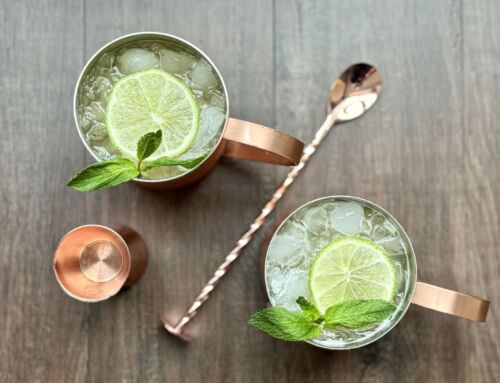
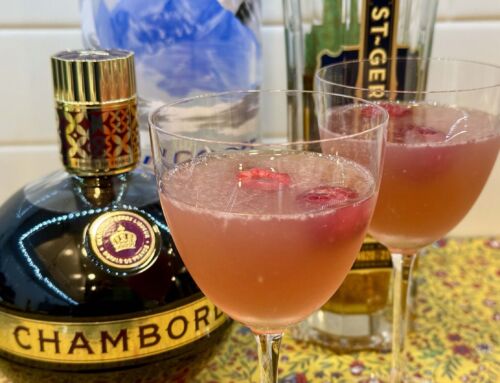
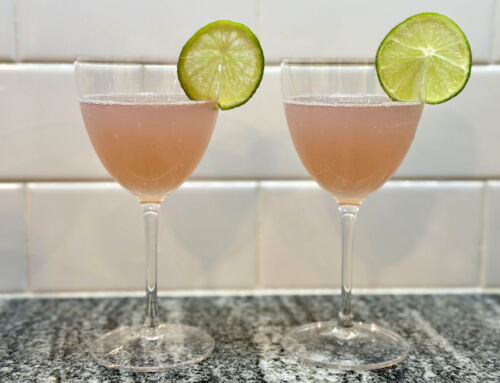
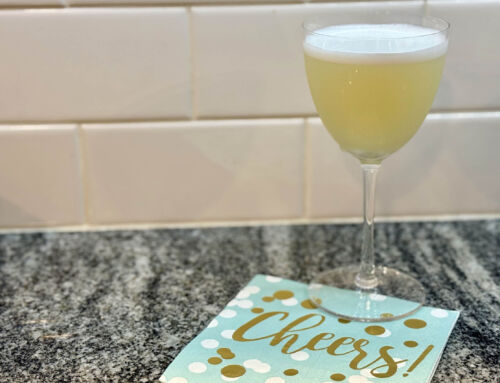
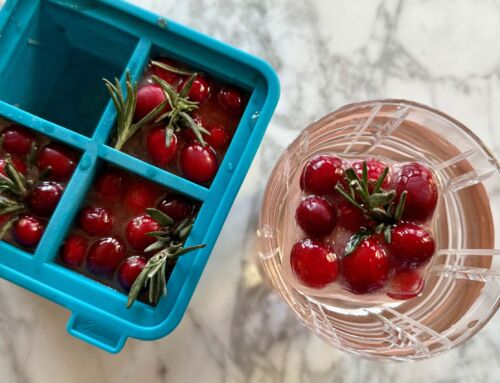
My husband’s fave is a Negroni. Excited to try this variation!!
Stephanie – Wonderful! I hope he likes it. Wishing you a Merry Christmas!
Antica is good but I strongly prefer Cocchi, it’s cheaper and better IMO!
Jordan – Thank you for the tip. I have not heard of Cocchi – will look for it and give it a try.